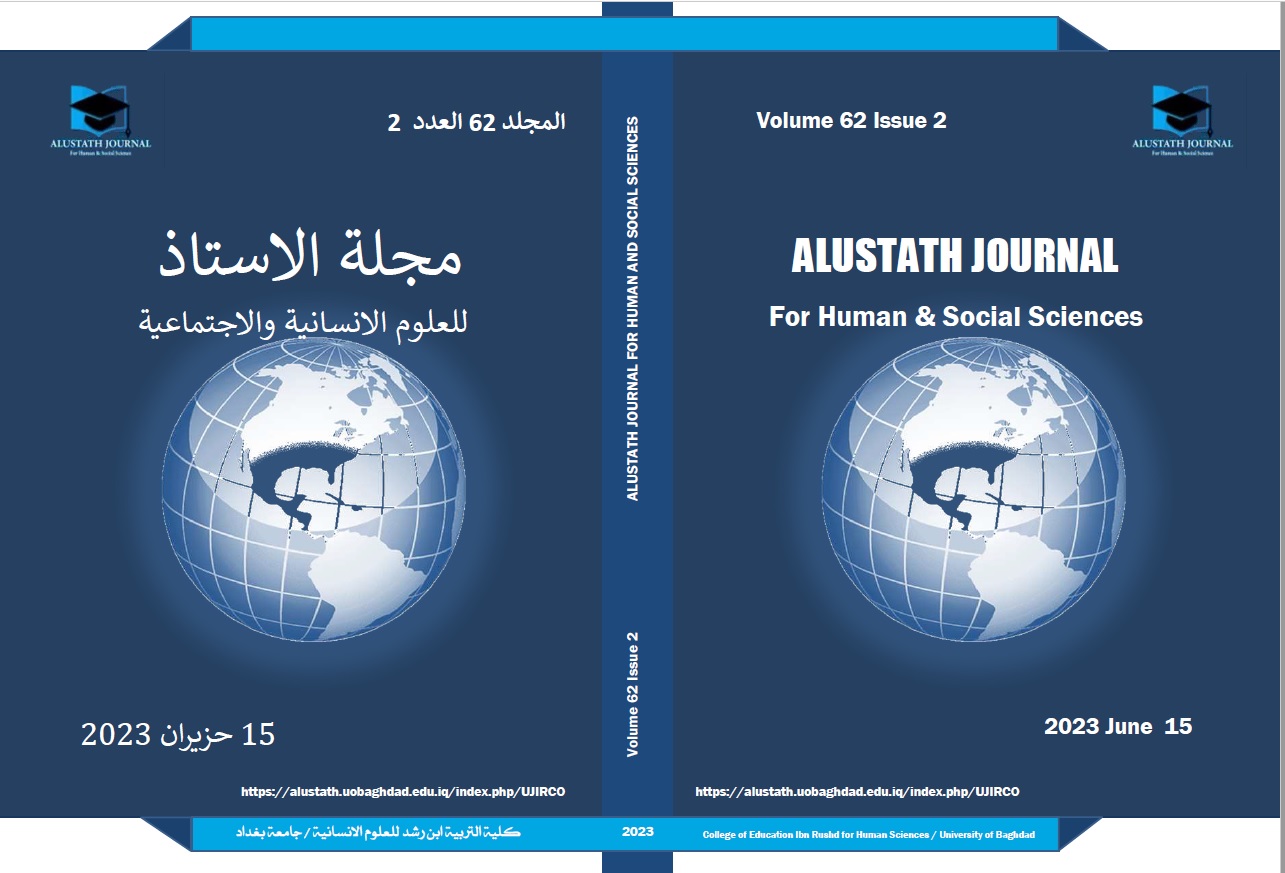The Strategy of United States of America towards Iraq between the First and Second Gulf Wars (1988- 1991)
DOI:
https://doi.org/10.36473/ujhss.v62i2.2123Keywords:
Strategy, American, Gulf, Iraqi WarAbstract
There is no doubt that the name of Iraq has been associated with the United States of America as well as its strategy in recent decades, especially during the first and second Gulf wars, leading to its occupation of it in 2003, so this study attempts to deal with the American strategy towards Iraq between these two wars, to identify the merits of this strategy, And its goals, as well as the reasons for its transformations, the repercussions of which continued until the present time. The study reached several conclusions, the most important of which is that the American strategy towards Iraq during this period was in the form of a declared policy represented in deceiving the Iraqi regime that the United States is a supportive country for it, during the first Gulf War and beyond, by continuing to provide its army with weapons, equipment, and training. At the same time, an undeclared policy was to implicate Iraq and push it to occupy Kuwait through several means, with the aim of destroying its military and economic strength. First, to keep it away from threatening its allies and interests in the region, and also to give it a justification for entering forcefully into the Arabian Gulf region and controlling it second, this is what the second Gulf War achieved.
Downloads
References
• Abu Ghazaleh, Abdel Halim, 1993 The Iran-Iraq War (Military Documents Series), Dar Al-Nabulsi for Distribution and Publishing, Amman,.
• Ahmed, Ibrahim Mahmoud, 2003. The Iraq War and Shifts in Strategic Thought, International Politics (Magazine), Issue 153.
• Al-Allaf, Ibrahim Khalil, 2005, Iraq's position in the contemporary American strategy, Regional Studies (Journal), Year 2, Issue 4, Center for Regional Studies, Mosul.
• Al-Asadi, Nahida Hussein Ali, 2011. American missionaries in Iraq and the position of the Ottoman state, political and international (magazine), Issue 19.
• Al-Harmozi, Saif Nusrat Tawfiq, 2010, The American war on Iraq, strategic motives and economic dimensions, master's thesis, unpublished, College of Political Science, Al-Nahrain University.
• Al-Jassani, Iyad Helmy, 2007, the occupation of Iraq and the American democratic reform project, facts and illusions, Dar Al-Zahraa, Beirut.
• Al-Nuaimi, Abd al-Rahman Muhammad, 1994, The Struggle Over the Arabian Gulf, 2nd Edition, Dar Al-Kunouz Al-Adabiyah, Beirut.
• Arthur Johnson, 1998. US President George W. Bush’s Foreign Policy in the Middle East, University of Maryland, Maryland.
• Eisenhower, Dwight, 1969, Eisenhower's memoirs, translated by: Hubert Jugman, 1st Edition, Dar Talasim for Distribution and Publishing, Beirut.
• Heikal, Mohamed Hassanein, 1992. The Gulf War (Delusions of Power and Victory), Al-Ahram Center for Translation and Publishing, Cairo.
• Issawi, Charles, The Historical Development of US-Arab Economic Relations, Arab-American Affairs (magazine), translation: Research and Information Center, No. (33), 1983.
• -Michael J. Friedman, 2005. The Foreign Policy of the United States of America in Iraq during the Second Gulf War) and Its Strategic Dimensions, Jamestown Institute of International Studies New York.
• Mustafa, Ahmed Abdel-Rahim, 1978, The United States and the Arab East, a series of cultural books, The World of Knowledge, Ku.
• Olden, Herman and Paul Phillips, 1979, The Fourth Point Program, Waad Umm Wa Eid, translated by: Fajr Ahmed, Dar Al-Fikr Al-Hadith, Baghdad.
• Palmer, Michael, 1995, Guardians of the Gulf, the history of the expansion of the American role in the Arabian Gulf 1833-1992, translated by: Nabil Zaki, 1st Edition, Al-Ahram Center for Translation and Publishing, Amman.
• Sherif, Hussein, August 2001, The United States of America from independence and isolation to world supremacy (1783-2001), Part Three, The Egyptian General Book Organization, Cairo.
• Stephen A. Harvey, 2002, American Strategy and Its Tools in the Middle East Region in the Last Quarter of the Twentieth Century, Virginia Institute for Studies, Virginia.












